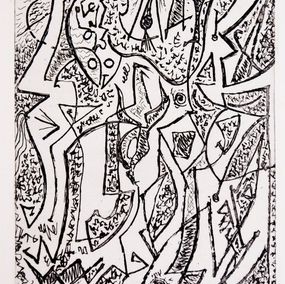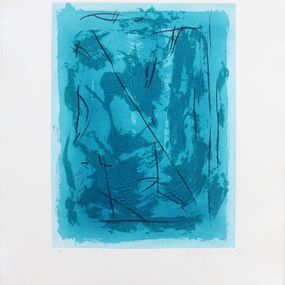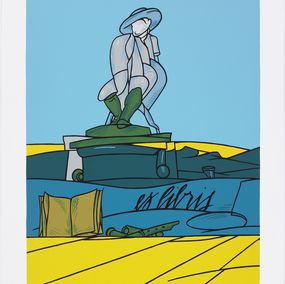
Etching Print for Sale
Engravings, hollowed out or raised drawings, have existed since prehistoric times. They made it possible to understand the world of that period, which was still so mysterious to mankind. They can be found at high altitude, as tools for analysing the cosmos, and on the land, depicting everyday life. They are an ancestral tradition: engravings are mentioned in the Bible and in poems from the 8th century BC. Although engraving was a technique in and of itself during this time, during Middle Ages it started to be used as a printing technique used for publishing.
Engraving spread across Europe during the Renaissance, when the printing press was invented. It essential in process of sharing ideas and knowledge through books and illustrations. At the time, engraving art also made it possible to guarantee the authenticity of a work of art to avoid counterfeiting. Although Italy was at the heart of the development of painting during the Renaissance, it was in Northern Europe that artists really recognized the importance of engraving in art with Albrecht Dürer and Rembrandt, who mainly used the engraving technique for intaglio prints (image is incised into a surface) .
This technique consists of hollowing out a design on a metal plate, often copper. Ink is then added to the hollowed out engraving. This is different from relief printing, in which the engraver has to remove matter to reveal a raised pattern. These engravings were often made using wood, metal and linoleum - more flexible and therefore easier to work (linocut).
For engraving on a metal plate, they used either a tool (the chisel or the dry point), or a sharp edge as for etching, which was easier to master. Other methods of printing include flat engraving or lithography (printing drawings with ink or a grease pencil on limestone), silkscreen printing (printing on a stitched fabric stretched over a frame) and monotypying (printing on paper, painted on a copper plate).
Modern engravings were made using lithography, which was invented by Alois Senefelder, bypassing the difficulty of having to actually cut into and draw on hard metal. Artistic engraving spread across Europe with the work of Thomas Bewick, who depicted animals, Charles Thompson, who created engravings for the world of publishing, and Heliodorus Pisa, François Pannemaker and Hippolyte Lavoignat, who engraved illustrations.
Engraving became less popular and widespread after the invention of photography. Other modern artists did, however, continue to produce engravings: the Barbizon school, with Millet and Corot who practiced etching, along with the Impressionists, including Manet, Gauguin, Cézanne and Renoir and Modernists such as Picasso and Matisse who worked with linoleum.
Contemporary engraving is practiced by artists including Philippe Mohlitz, Mario Avati and Philippe Favier. Engraving prints available on Artsper are ideal for those looking to buy artwork by some of the greatest artists including Man Ray, René Magritte, Alexander Calder, Edvard Munch, Niki de Saint Phalle, Robert Combas, Miss Van and Antoni Tapies.
Save your search and find it in your favorites
Save your search to find it quickly
Saved search
Your search is accessible from the favorites tab > My favorite searches
Unsaved search
A problem occurred
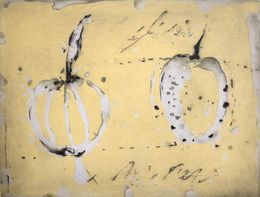
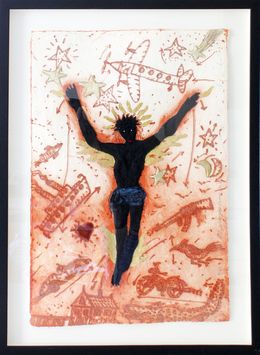


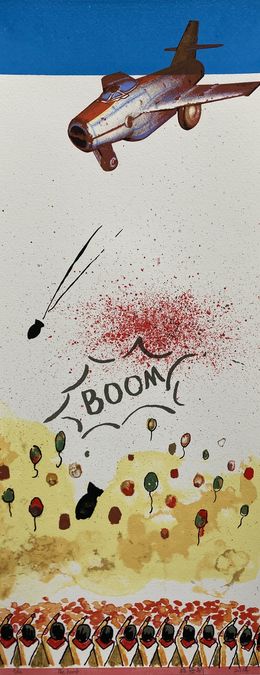
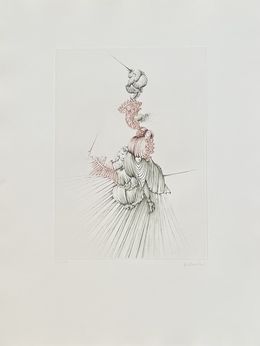

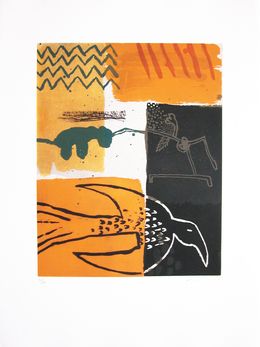
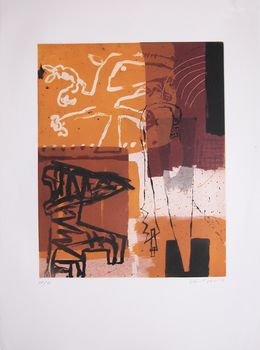




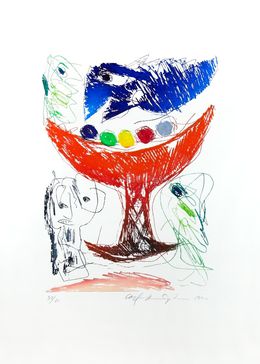

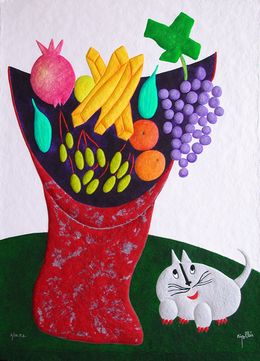
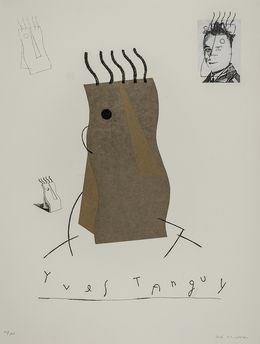

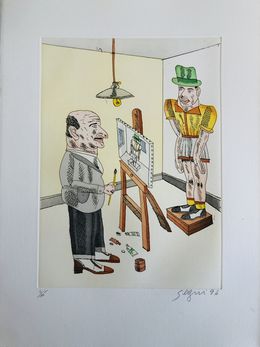
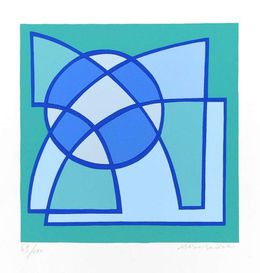
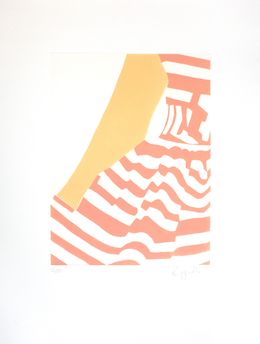
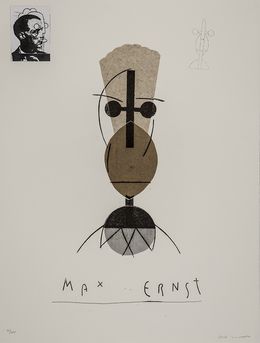

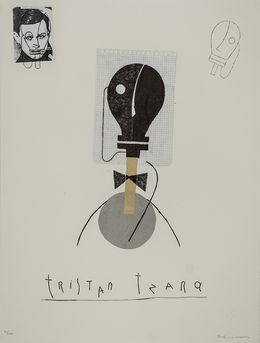
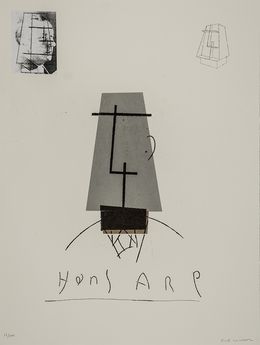
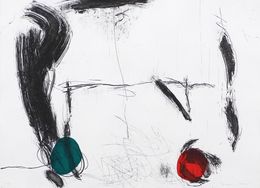

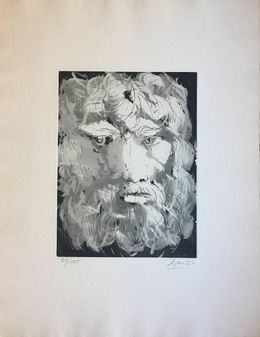

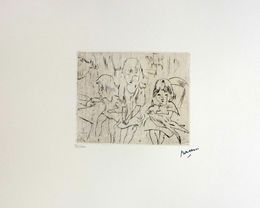
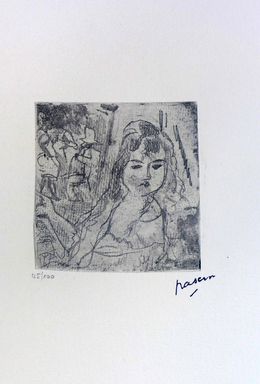

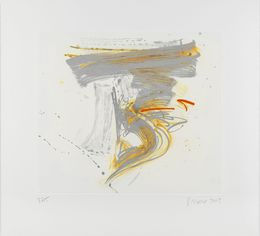
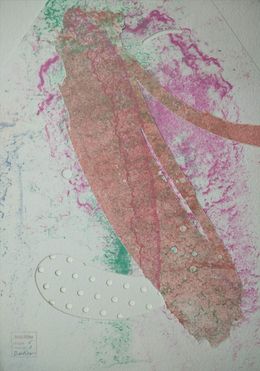
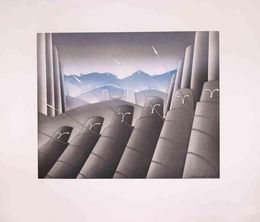
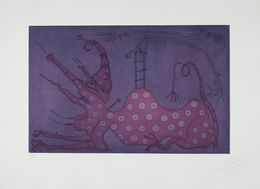
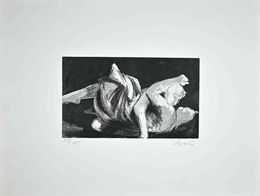


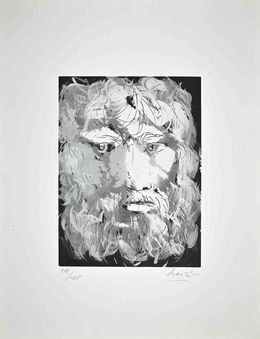
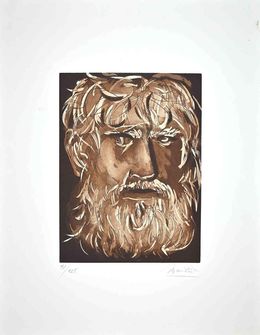


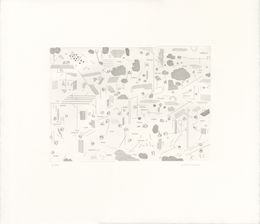





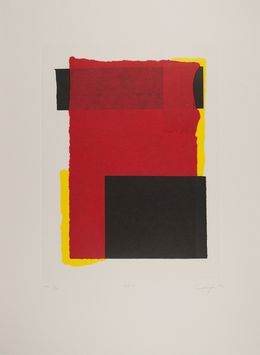
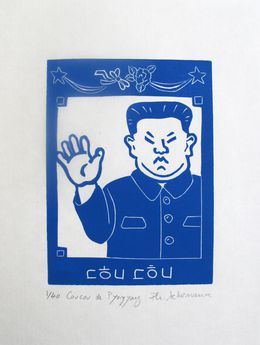
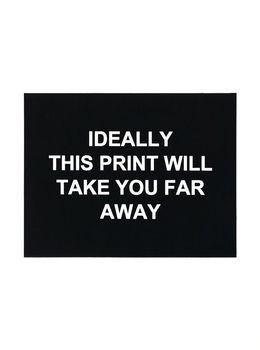


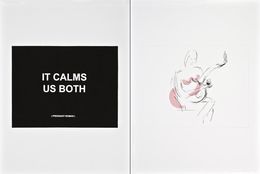



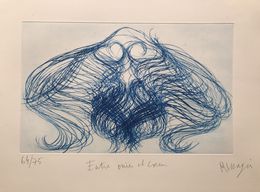
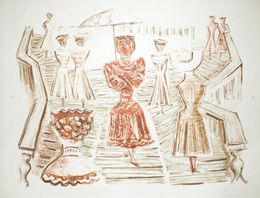
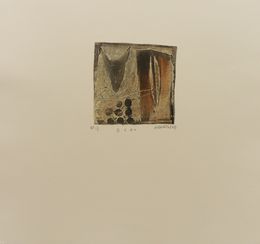



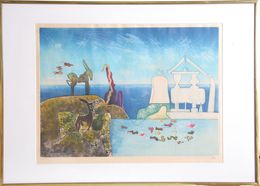
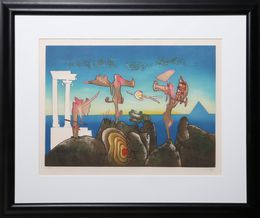
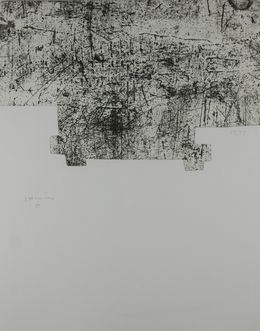
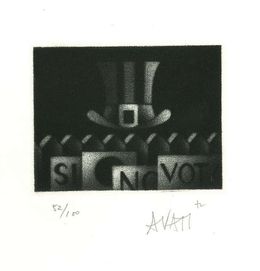
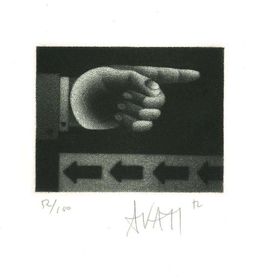


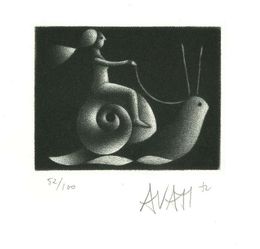
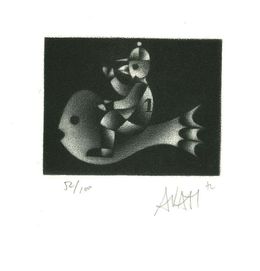





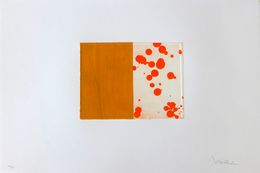

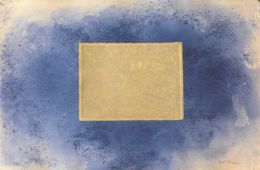
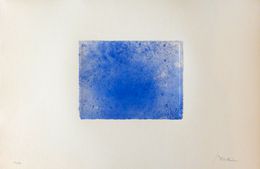
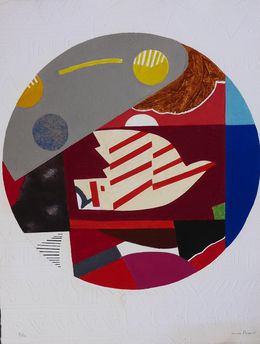
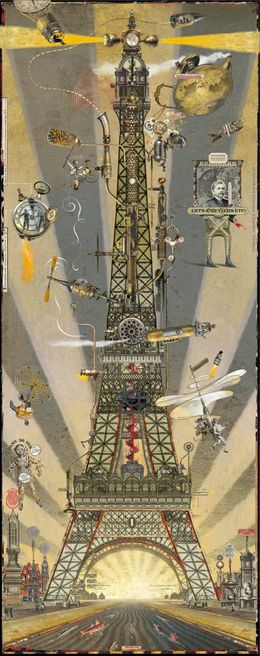

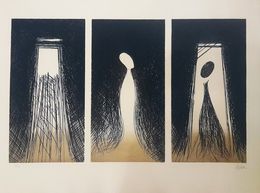


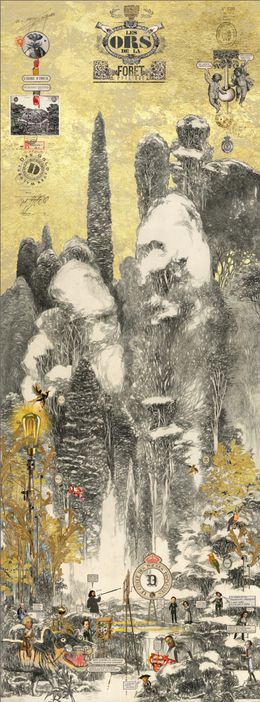
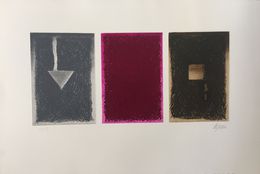

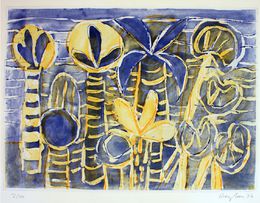

Discover the styles & movements
Discover the selection of our experts
Etching is a type of printing which uses acid or another chemical to cut a design onto a surface, often metal. While a print is the end product, etching is the process of creating the print.
Artists that used etching include Francisco de Goya, Rembrandt van Rijn, William Blake and Angelica Kauffman.
Etching can be done on many different surface materials, such as metal, cardboard, wood, plastic and stone.





